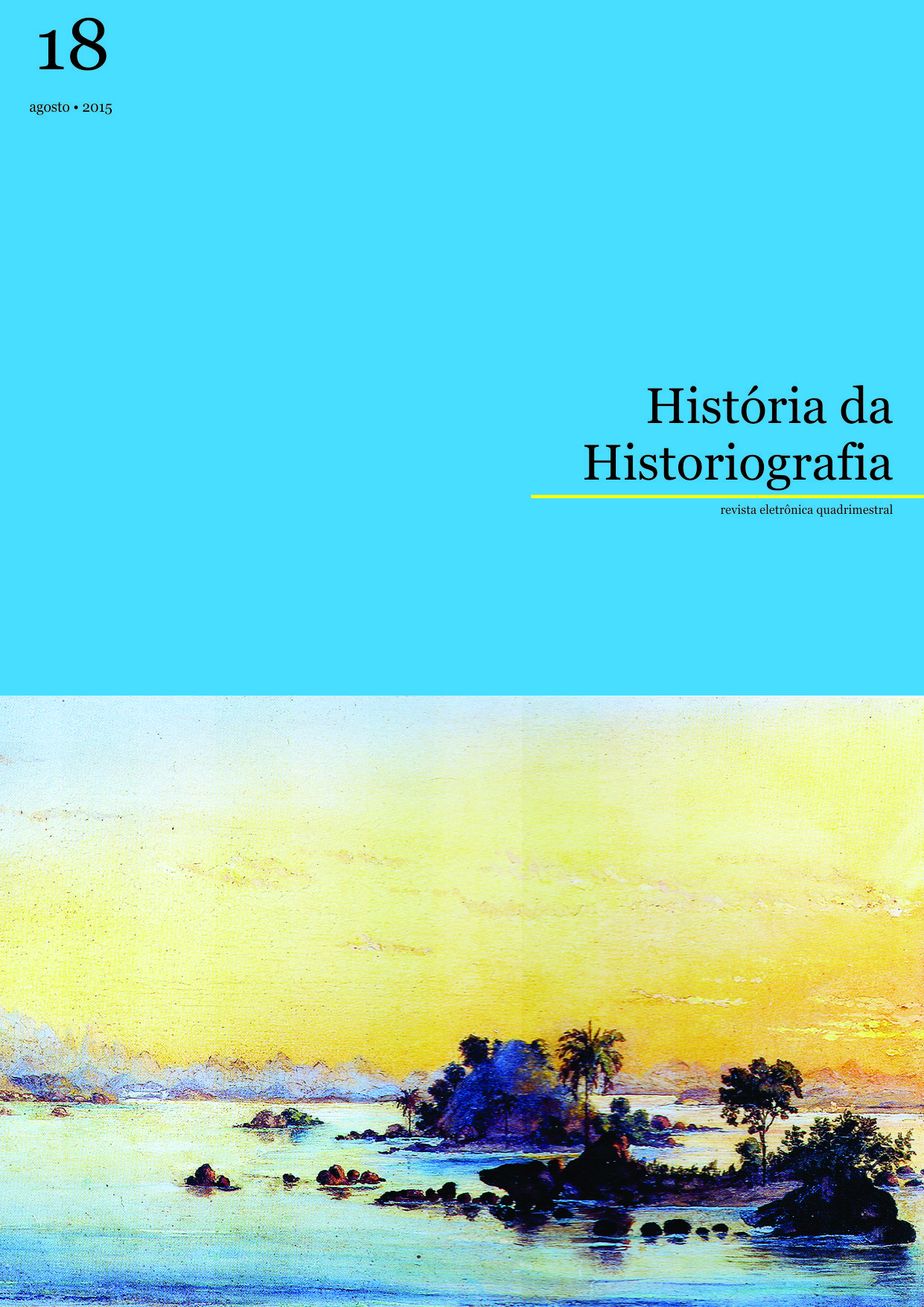Why Historical Distance is not a Problem
DOI:
https://doi.org/10.15848/hh.v0i18.838Keywords:
Anachronism, Modernism, PostmodernismAbstract
This essay argues that concerns about historical distance arose along with modernist historicism and disappeared with postfoundationalism. The developmental historicism of the 19th century appealed to narrative principles in order to establish the continuity between past and present, and to guide selections among facts. In the 20th century, modernist historicists rejected such principles, thereby raising the specter of historical distance; that is, the distorting effects of the present in accounts of the past, the chasm between facts and narrative. The modernist problem was: how can historians avoid anachronism and develop accurate representations of the past? Instead of using narrative principles to select facts, modern historicists appealed to atomized facts to validate narratives. However, in the late 20th century, postmodernists (Frank Ankersmit and Hayden White) argued that there was no way to close the distance between facts and narratives. The postmodern problem became then: how should historians conceive of their writing, given the ineluctable distance between facts and narratives? Today, postfoundationalism casts off both modernist and postmodernist concerns with historical distance; this means that all concepts (not only historical concepts) fuse fact and theory, and also dissolves issues of conceptual relativism, textual meaning, and reenactment.
Downloads
Downloads
Additional Files
Published
How to Cite
Issue
Section
License
Authors hold the copyrights to the manuscripts submitted. História da Historiografia: International Journal for Theory and History of Historiography is authorized to publish the aforementioned text. Authors are solely responsible for data, concepts and opinions presented in the papers, along with the accuracy of document and bibliographical references.

This work is licensed under a Creative Commons Attribution 4.0 International License.


















